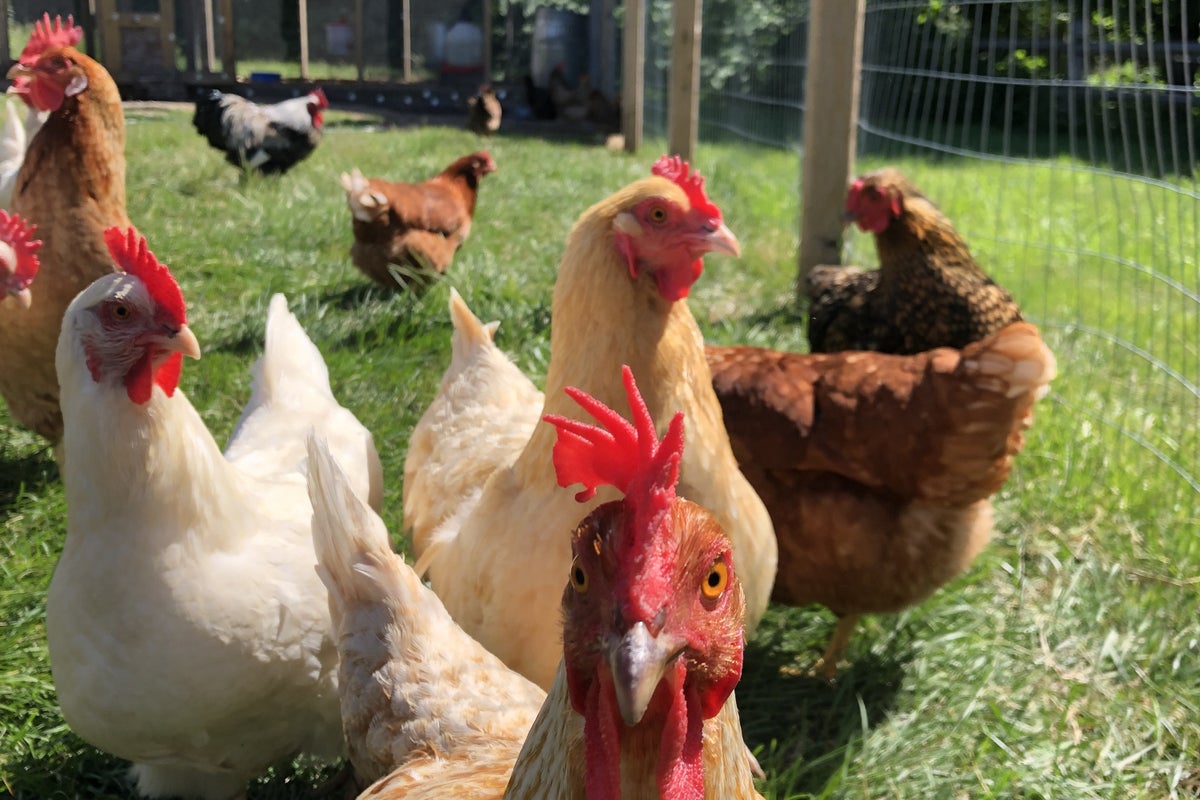
"The agency identified them as an older person with underlying health conditions who had backyard domestic birds. It also confirmed that the virus was of the subtype H5N5not the H5N1 strain that has caused 70 human infections and one death in the U.S. since 2024, as well as countless deaths of wild and domestic animals since it arrived in North America in late 2021."
"Many influenza viruses are identified by two classes of proteins that appear on their outer shells, hemagglutinin and neuraminidase. Each of these proteins comes in multiple forms, and different combinations of these two protein types are referred to as subtypes of virus. The long-circulating H5N1 virus and the H5N5 virus responsible for the recent human death have the same hemagglutinin protein (H5) on their outer shells but different neuraminidase proteins."
"The fatality is not a reason to panic and does not suggest the risks of bird flu are larger than scientists have believed, says Richard Webby, a virologist at St. Jude Children's Research Hospital. We don't have any reason to suspect H5N5 has more or less of a pandemic risk than H5N1, and similarly, we don't have any reason to suspect, as a whole, it causes more severe disease, he says."
The Washington State Department of Health reported an older person with underlying conditions who kept backyard domestic birds died after hospitalization beginning in early November. Laboratory testing identified the virus as subtype H5N5 rather than H5N1. H5N1 has caused numerous animal deaths in North America since 2021 and 70 human infections and one U.S. death since 2024. Influenza viruses are classified by hemagglutinin (H) and neuraminidase (N) proteins; H5N1 and H5N5 share the H5 hemagglutinin but differ in neuraminidase. Virologists state there is no current evidence that H5N5 carries greater pandemic risk or causes more severe disease than H5N1.
Read at www.scientificamerican.com
Unable to calculate read time
Collection
[
|
...
]